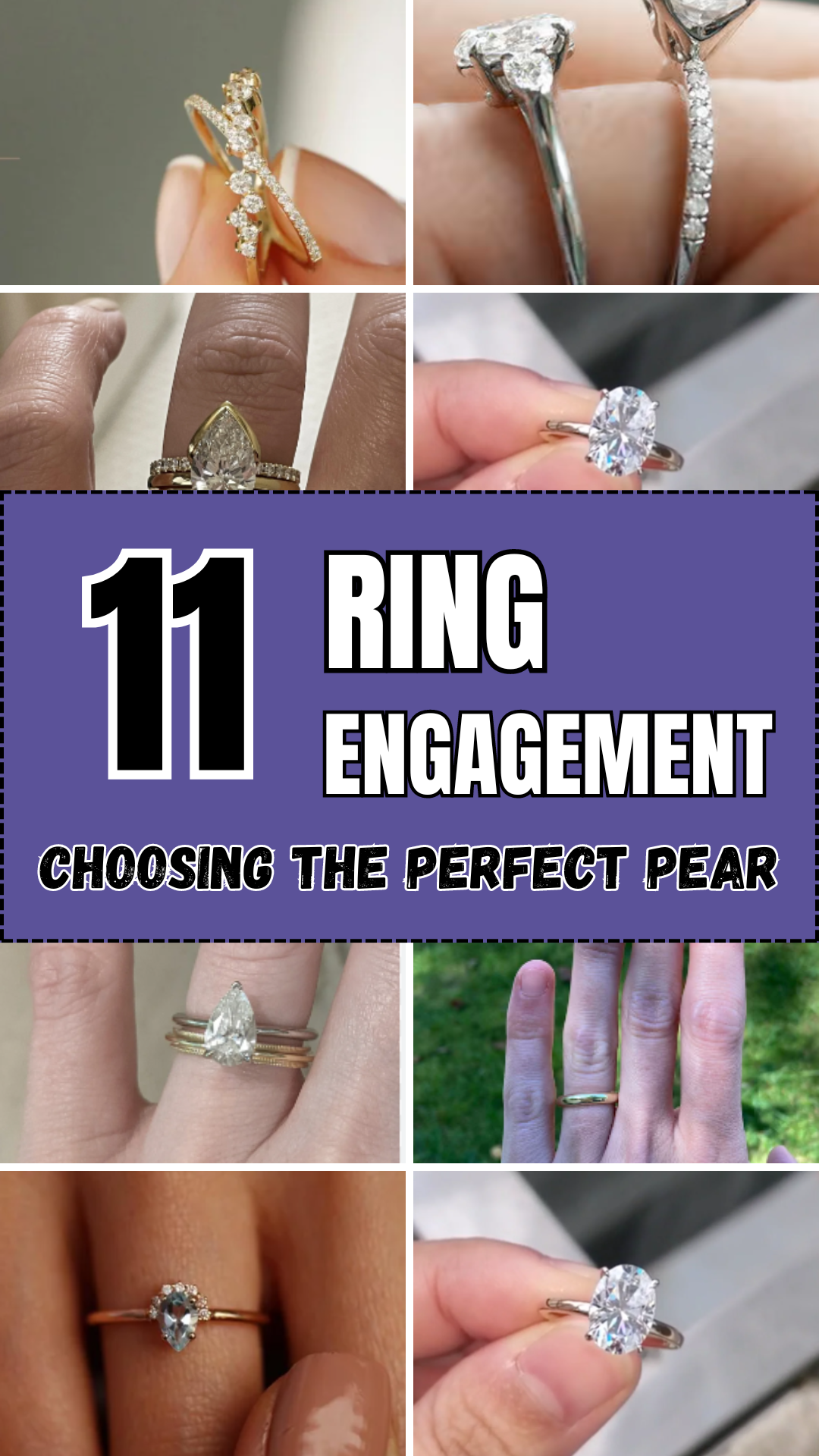Choosing the Perfect Pear Engagement Ring: A Comprehensive Buying Guide
A pear-shaped engagement ring combines elegance with a touch of uniqueness, making it a stunning choice for those who want something special. This guide will walk you through everything you need to know to choose the perfect pear engagement ring, ensuring it’s as unique as your love story.
1. Understanding the Pear Shape
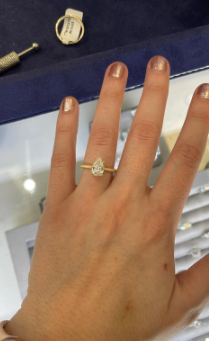
The pear shape, also known as a teardrop shape, features a distinctive rounded end and a tapered point. This elegant cut creates a slender, elongated effect on the finger and is known for its brilliance and sparkle. It’s a versatile shape that can be set in various styles to suit different preferences.
2. The Importance of Cut Quality

The cut quality of a pear-shaped diamond greatly affects its sparkle and overall appearance. A well-cut pear diamond will reflect light beautifully, enhancing its brilliance. Look for a pear shape that exhibits excellent symmetry and proportion to ensure it shines its brightest.
3. Carat Weight Considerations
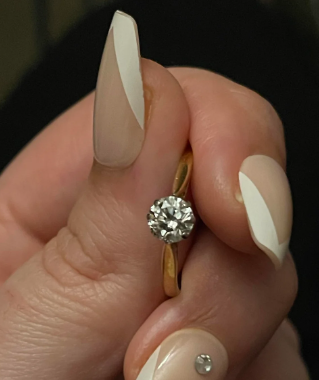
Carat weight determines the size of the diamond. While larger stones make a bold statement, the beauty of a pear-shaped diamond can also be appreciated in smaller sizes. Consider your budget and the finger size of the wearer when choosing the carat weight to ensure a balanced look.
4. Choosing the Right Setting
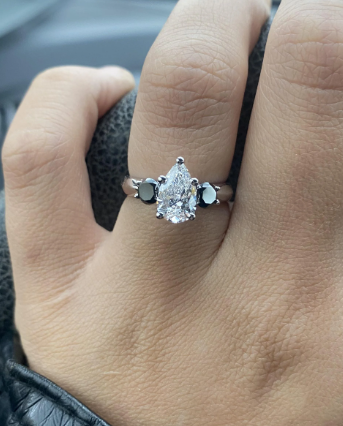
The setting of the pear-shaped diamond can significantly impact its overall look. Popular settings for pear-shaped diamonds include solitaire, halo, and three-stone designs. A solitaire setting highlights the diamond’s shape, while a halo setting adds extra sparkle. Choose a setting that complements the unique shape of the pear diamond.
5. Selecting the Metal Type
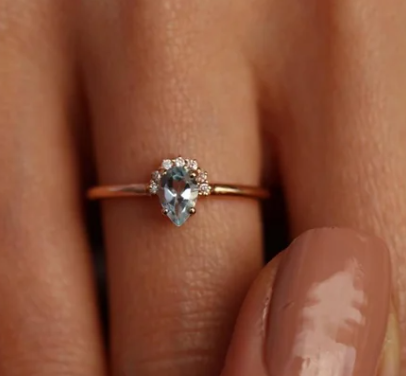
The metal of the band can influence the overall style of the engagement ring. Available options include platinum, white gold, yellow gold, and rose gold. Platinum and white gold provide a modern, sleek look, while yellow and rose gold offer a classic, warm touch. Consider the wearer’s metal preference and skin tone when selecting the metal type.
6. Evaluating Diamond Color

Diamond color ranges from D (colorless) to Z (light yellow). For pear-shaped diamonds, aim for a color grade of G or higher to ensure the diamond appears near colorless. The shape’s facets can sometimes show more color, so choosing a higher grade will enhance its overall appearance.
7. Assessing Diamond Clarity

Clarity refers to the presence of internal or external flaws in a diamond. Pear-shaped diamonds, with their unique cut, can sometimes highlight imperfections. Look for a diamond with a clarity grade of VS1 or higher to ensure the stone is eye-clean and has minimal visible flaws.
8. Considering the Length-to-Width Ratio
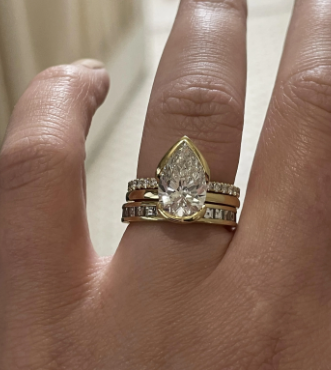
The length-to-width ratio of a pear-shaped diamond affects its overall appearance. A ratio of around 1.45 to 1.75 is commonly preferred, with the diamond appearing more elongated and slender. Choose a ratio that complements the wearer’s hand and personal style.
9. Choosing Between Full or Half-Halo
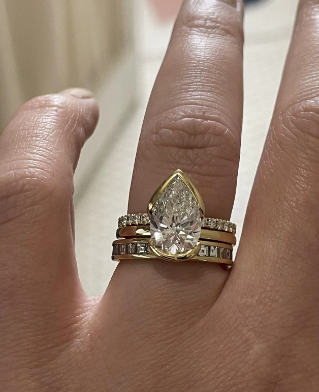
A halo setting surrounds the pear-shaped diamond with smaller stones, enhancing its sparkle. You can opt for a full halo, which encircles the entire diamond, or a half-halo, which extends halfway around the band. Each option offers a different level of brilliance and style, so choose based on your desired look.
Conclusion
Selecting the ideal pear-shaped engagement ring requires appreciating its distinctive features, choosing the appropriate cut, color, clarity, and setting, and ensuring the design matches personal taste. With this comprehensive guide, you’re well-equipped to find a ring that’s as exceptional as your love story. Enjoy the journey and celebrate this special milestone with a stunning ring that will be cherished forever
